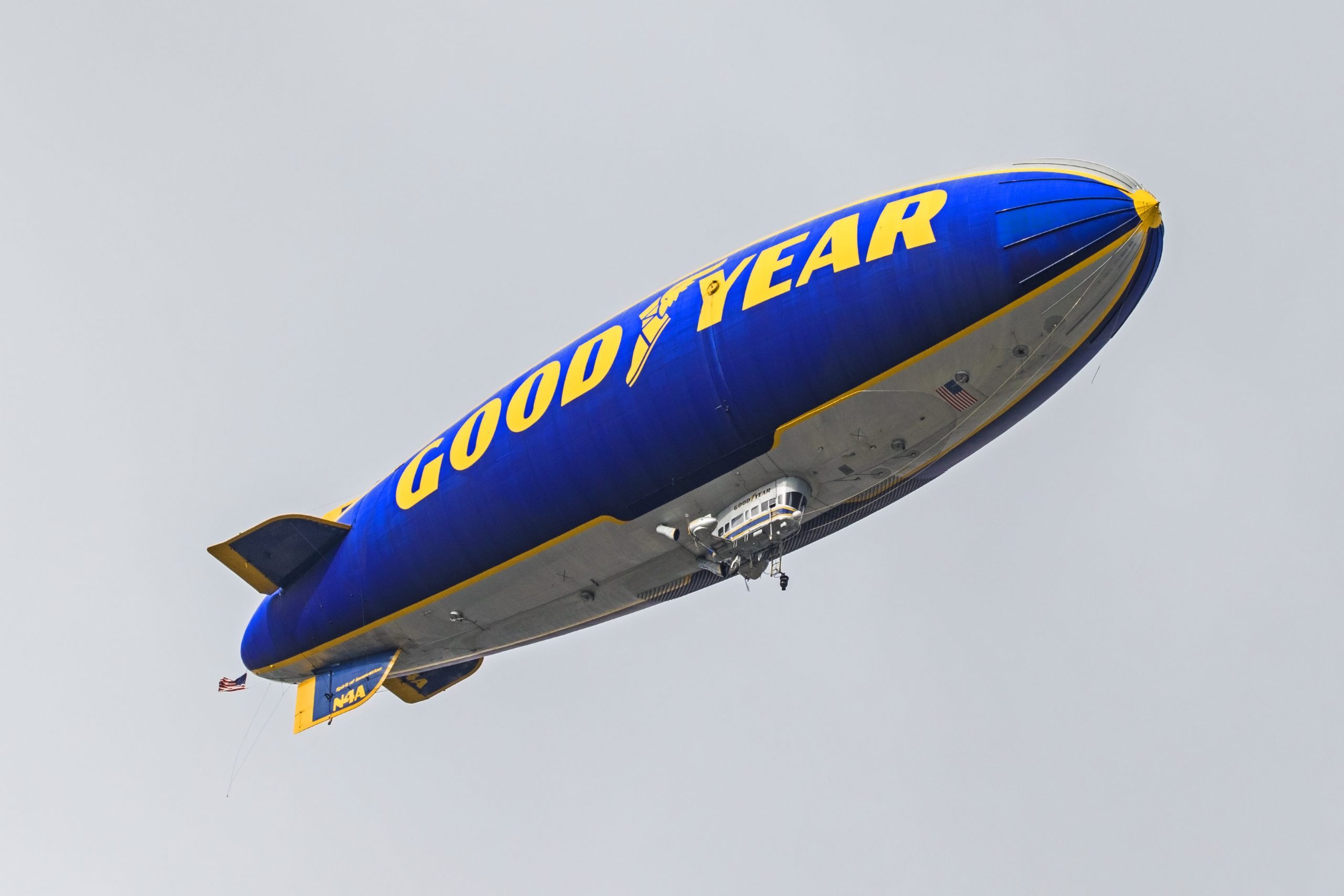The Fascinating World of Blimps and Airships
Blimps and airships have long captured the public’s imagination, blending elements of the past with futuristic appeal. These lighter-than-air aircraft evoke a sense of nostalgia while also representing the potential for innovation. Though they have been around for over a century, advancements in technology are driving the development of new models. However, one question remains: how many blimps are there in the world?
The answer is not straightforward. There is no definitive count of blimps globally, which makes it difficult to determine their exact number. This ambiguity arises from several factors, including the distinction between blimps and other types of airships such as zeppelins and dirigibles.
Understanding the Different Types of Airships
Blimps, also known as “pressure airships,” do not have an internal rigid structure. Instead, they rely on the pressure of the gases inside to maintain their shape. If they deflate, they lose that form entirely. In contrast, rigid airships have a full internal framework that gives them their shape, while semi-rigid airships have a partial rigid frame with most of their structure coming from internal gas pressure. A zeppelin specifically refers to a rigid airship manufactured by Luftschiffbau Zeppelin of Germany.
The term “dirigible” is an outdated word for “airship.” It comes from the French verb diriger, meaning “to steer.” Hot air balloons, which cannot be steered, are not considered airships.
Why Is It Hard to Count Blimps?
According to Dan Grossman, an aviation researcher and historian specializing in airships, the difficulty in determining the number of blimps stems from several factors. First, it depends on whether we’re counting only those currently inflated and in operation or also including those in storage but capable of reactivation. Additionally, it’s challenging to track which companies are still active, as the industry has undergone significant changes over the past two decades.
The History of Airships
The history of airships dates back to 1783 when the Montgolfier brothers of France made the first untethered, manned flight in a lighter-than-air aircraft—a hot air balloon. While balloons were great for flight, they lacked the ability to be steered, leading to the search for a more controllable option.
Militaries quickly recognized the potential of hot air balloons for reconnaissance. The French military used them as early as 1794 during the French Revolutionary Wars, and both the Union and the Confederacy used tethered hot air balloons for similar purposes during the American Civil War.
Count Ferdinand von Zeppelin, who observed the use of balloons during the Civil War, became fascinated with the technology. He returned to Germany and developed his first airship, known as a zeppelin, in 1899. This was the first successful, steerable, and practical airship, paving the way for future developments.
By the time World War I broke out in 1914, companies like Zeppelin had built airships capable of flying hundreds or thousands of miles and staying aloft for days. The U.S. Navy began using blimps during and after the war for coastal patrols.
The Rise and Fall of Blimps
One of the most famous blimps, the Goodyear “Pilgrim,” debuted in 1925. It was the first helium-filled non-rigid airship, marking a shift from hydrogen, which was more flammable. During the 1920s and 1930s, airships were a popular mode of travel, with the Graf Zeppelin making the first transatlantic flight in 1928.
However, the Hindenburg disaster in 1937 marked a turning point. The LZ-129 airship, known as the Hindenburg, was the largest object ever to fly. Its crash in Lakehurst, New Jersey, killed 13 passengers and 22 crew members. While the disaster is often seen as the end of the airship era, Grossman notes that the Hindenburg was already obsolete at the time of its first flight. By the mid-1930s, airplanes had surpassed airships in performance capabilities.
In 2011, Goodyear introduced the NT model, a semi-rigid airship designed with Zeppelin, and retired its last traditional blimp in 2017.
Advantages of Blimps
Blimps offer several advantages over other aircraft, including their range, endurance, and fuel efficiency. Unlike airplanes or helicopters, they don’t need to burn fuel simply to stay airborne. Their buoyancy keeps them aloft, making them cost-effective and environmentally friendly.
Helicopters, while capable of hovering, consume fuel even when stationary and produce loud noise and downwash. Blimps, on the other hand, are quiet and do not pose the same risks. They can stay aloft for days without refueling, making them ideal for advertising and television broadcasts.
Modern Uses of Blimps
Although airships are no longer used for passenger travel, they continue to serve various modern purposes. Blimps are commonly used for advertising and broadcasting, with the first Goodyear blimp featuring an illuminated sign in 1930. Today, they are also being explored for telecommunications in the aftermath of natural disasters.
An airship can float over an area for days, providing essential services like internet connectivity and cellular communication. While this application is still emerging, it holds promise for the future.
Conclusion
Blimps and airships may not dominate the skies as they once did, but their legacy continues to influence modern aviation. From their historical significance to their potential future roles, these lighter-than-air aircraft remain a fascinating subject of study and innovation.







